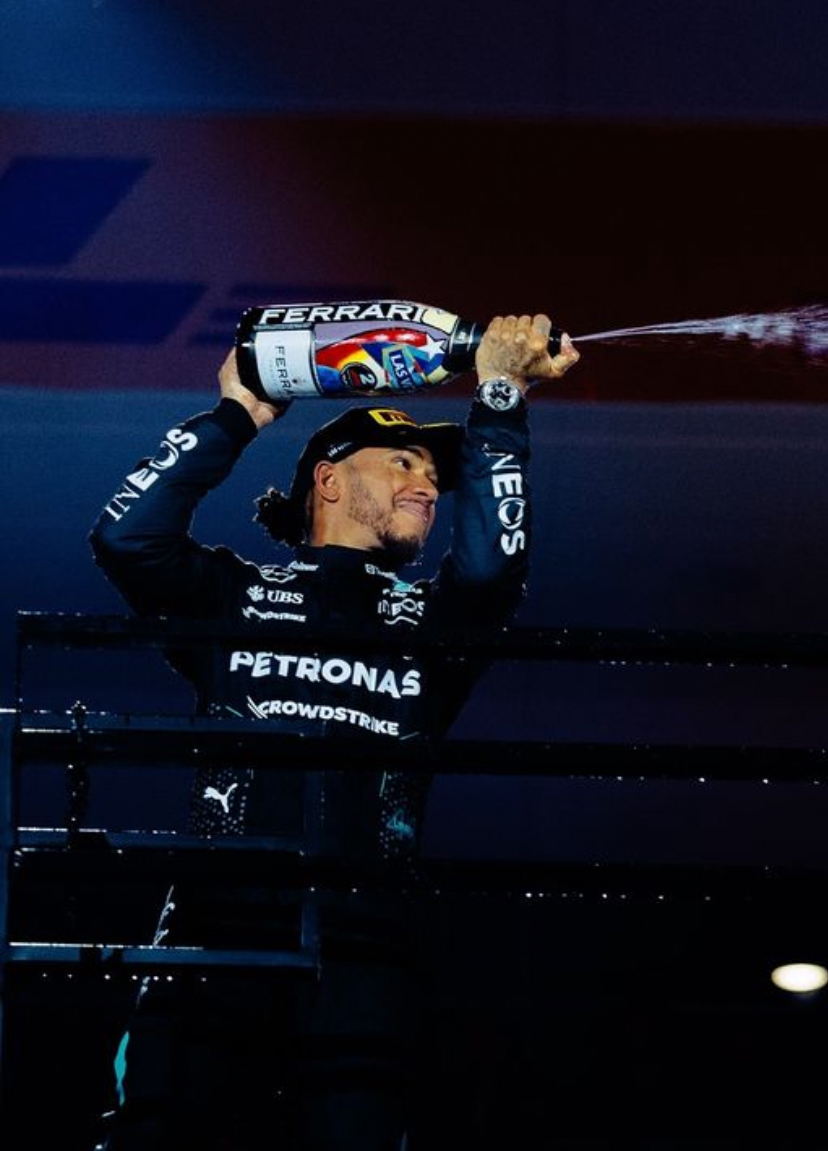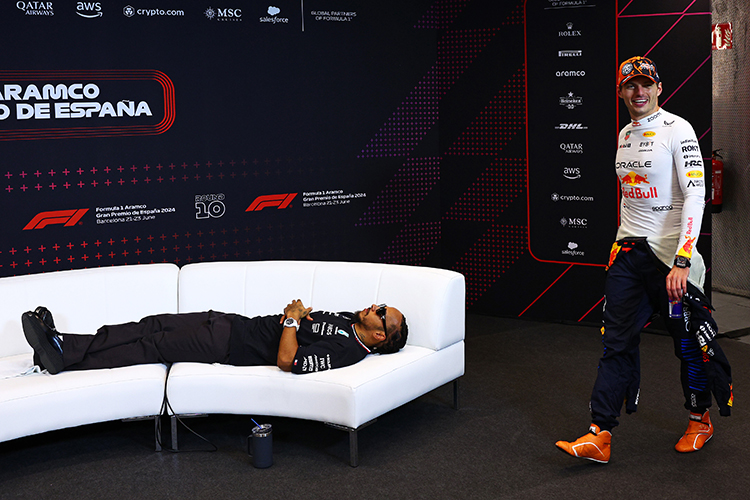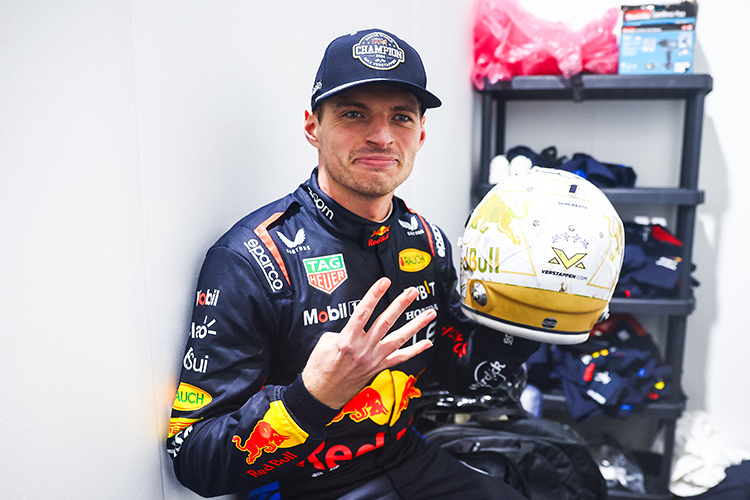How DRS Influences Pit Stop Strategies in Formula 1

Formula 1 World Champions: A legacy of racing legends
How does DRS influence the approach to pit stops during a race?
Explore how the Drag Reduction System (DRS) influences pit stop strategies in Formula 1. Learn about timing, tire management, and strategic decisions in F1 racing.
In the high-speed world of Formula 1, every decision—whether on the track or in the pits—can dramatically affect a team’s performance. One such critical element of race strategy is the Drag Reduction System (DRS), which has revolutionized overtaking and significantly influenced how teams approach pit stops.
From timing and tire management to overall race dynamics, DRS plays a pivotal role in shaping strategies that determine victory or defeat.
How DRS Affects the Timing of Pit Stops
Pit stops are essential to every Formula 1 race. Teams plan them around tire wear, fuel load, and race situations, but DRS adds another layer of complexity. The system’s ability to boost speed influences when and how teams choose to pit.
Pit Stop Timing Relative to DRS Zones
Teams often align their pit stop strategies with the location and timing of DRS zones:
- Delaying the Pit Stop: Teams may postpone a pit stop to allow their driver to use DRS for overtaking before coming into the pits.
- Early Pitting: To avoid being overtaken by a DRS-enabled car, teams may pit earlier, ensuring the driver rejoins the track without immediate pressure.
Track Position and DRS
Maintaining or improving track position is a core aspect of pit stop strategies. DRS impacts this by determining whether a driver can defend their position or overtake after a stop:
- Defending Against DRS: Teams may opt to pit earlier to avoid a vulnerable position in DRS zones.
- Using DRS for Gains: Drivers can push hard before pitting, using DRS to gain an advantage and leapfrog competitors.
DRS and Tire Management
Tire wear and degradation are crucial in F1 races. DRS indirectly affects tire management strategies by influencing the pace and driving style.
Managing Tire Life with DRS
DRS reduces the stress of prolonged battles, potentially preserving tires:
- Conserving Tires: Quick overtakes with DRS can save tire life, allowing longer stints before pitting.
- Increased Degradation: Aggressive use of DRS for defense or attack can accelerate tire wear, forcing earlier stops.
Adjusting Tire Strategies Around DRS Zones
Teams adjust tire choices and stints based on DRS zone characteristics:
- Softer Tires in Long DRS Zones: Softer compounds may be favored for speed but require earlier stops.
- Defensive Driving: Drivers using DRS defensively must carefully manage tires to avoid unnecessary degradation.
DRS and Pit Stop Frequency
Decisions around one-stop versus two-stop strategies are heavily influenced by DRS considerations.
One-Stop vs. Two-Stop Strategies
Teams balance DRS advantages with pit stop frequency:
- One-Stop Strategy: Effective DRS use can extend tire life, making a single-stop race viable.
- Two-Stop Strategy: Drivers relying on DRS to recover time after each stop may adopt more aggressive strategies.
Minimizing DRS Exposure Post-Pit
Teams carefully time pit stops to reduce exposure to rivals with DRS, ensuring minimal loss of position.
Conclusion
DRS has profoundly influenced pit stop strategies in Formula 1. From timing and tire management to minimizing exposure in DRS zones, teams must carefully plan their tactics to capitalize on DRS while avoiding its pitfalls. This delicate balance between strategy and execution underscores the complex and thrilling nature of modern F1 racing.
Up Next


